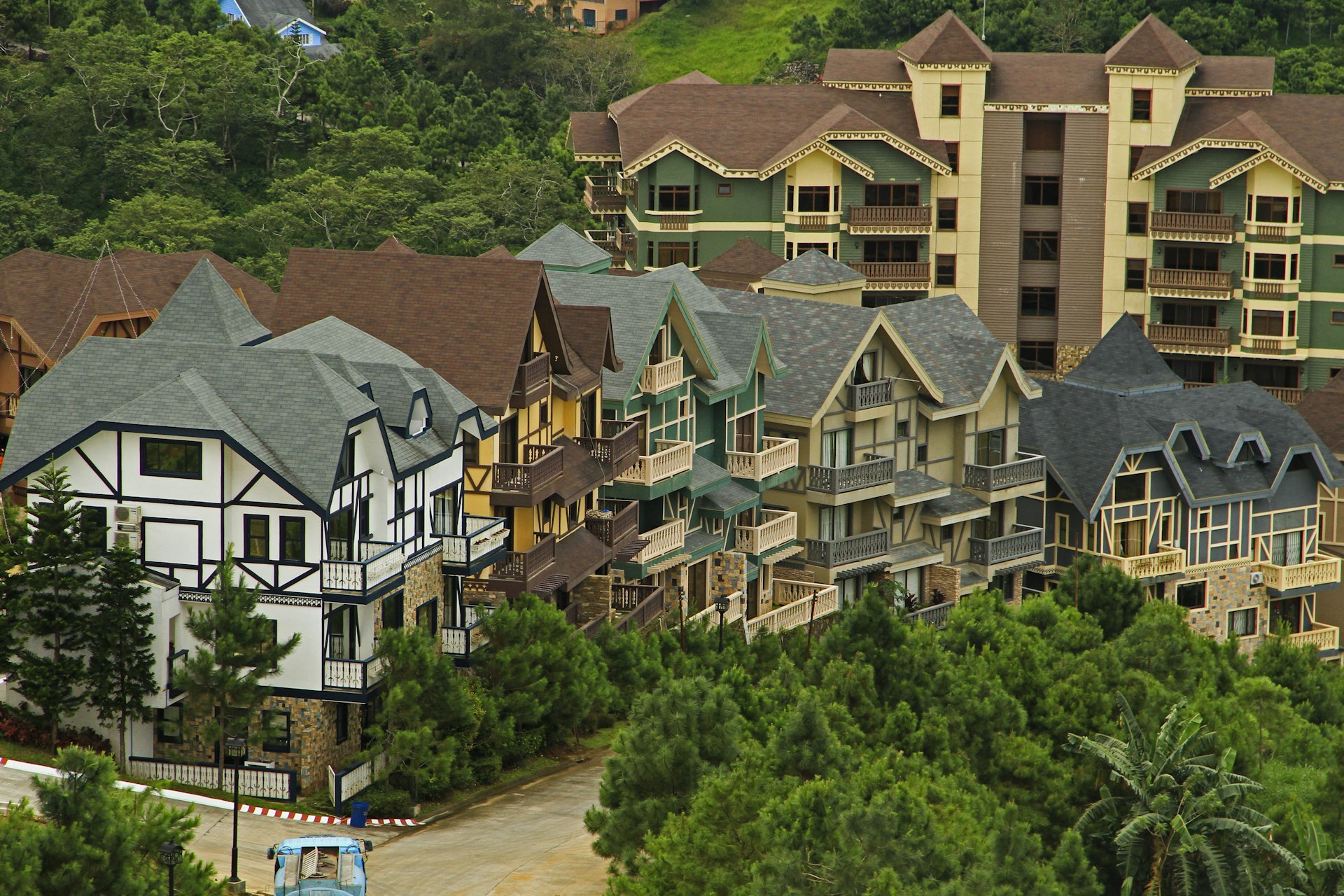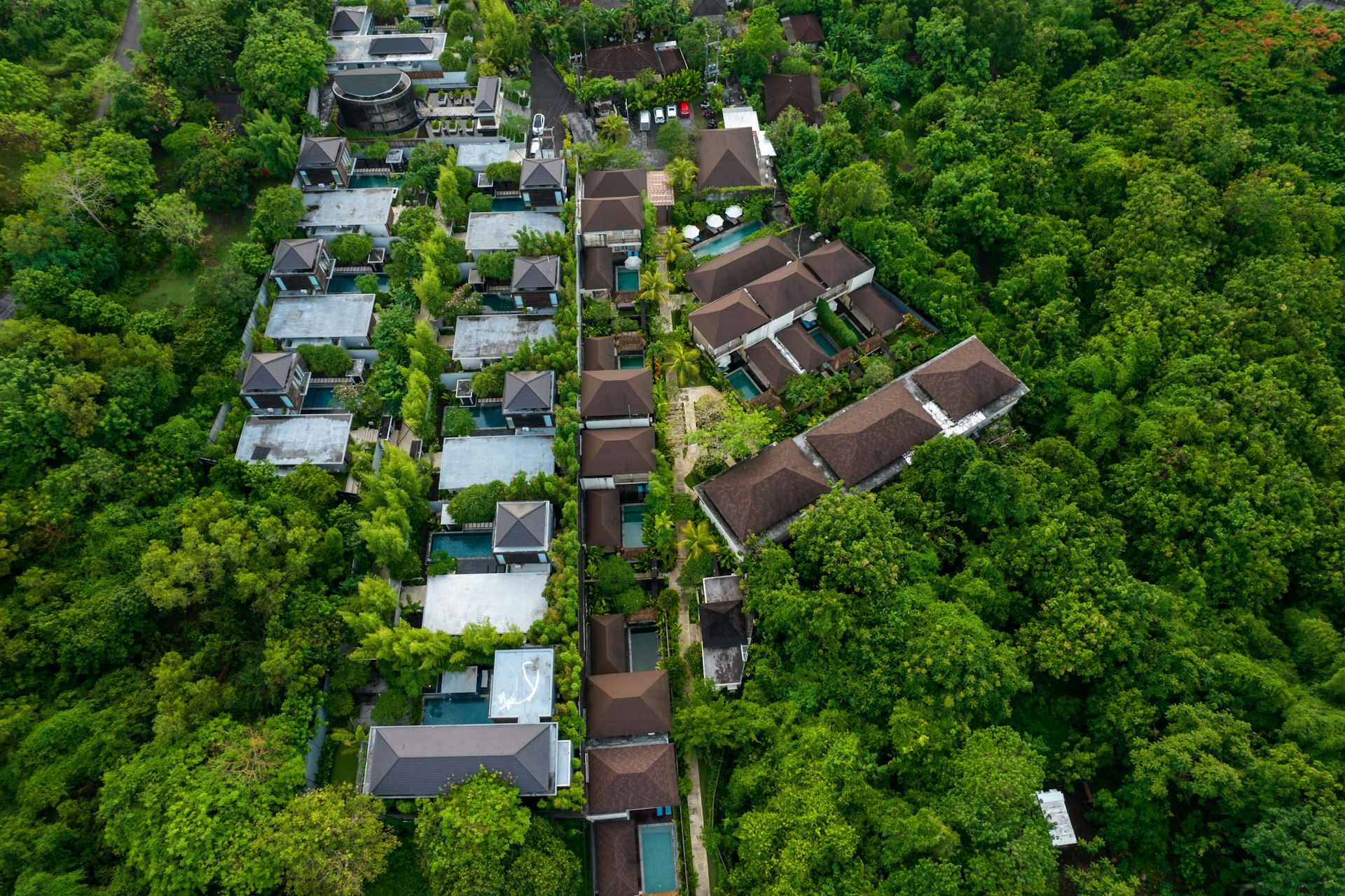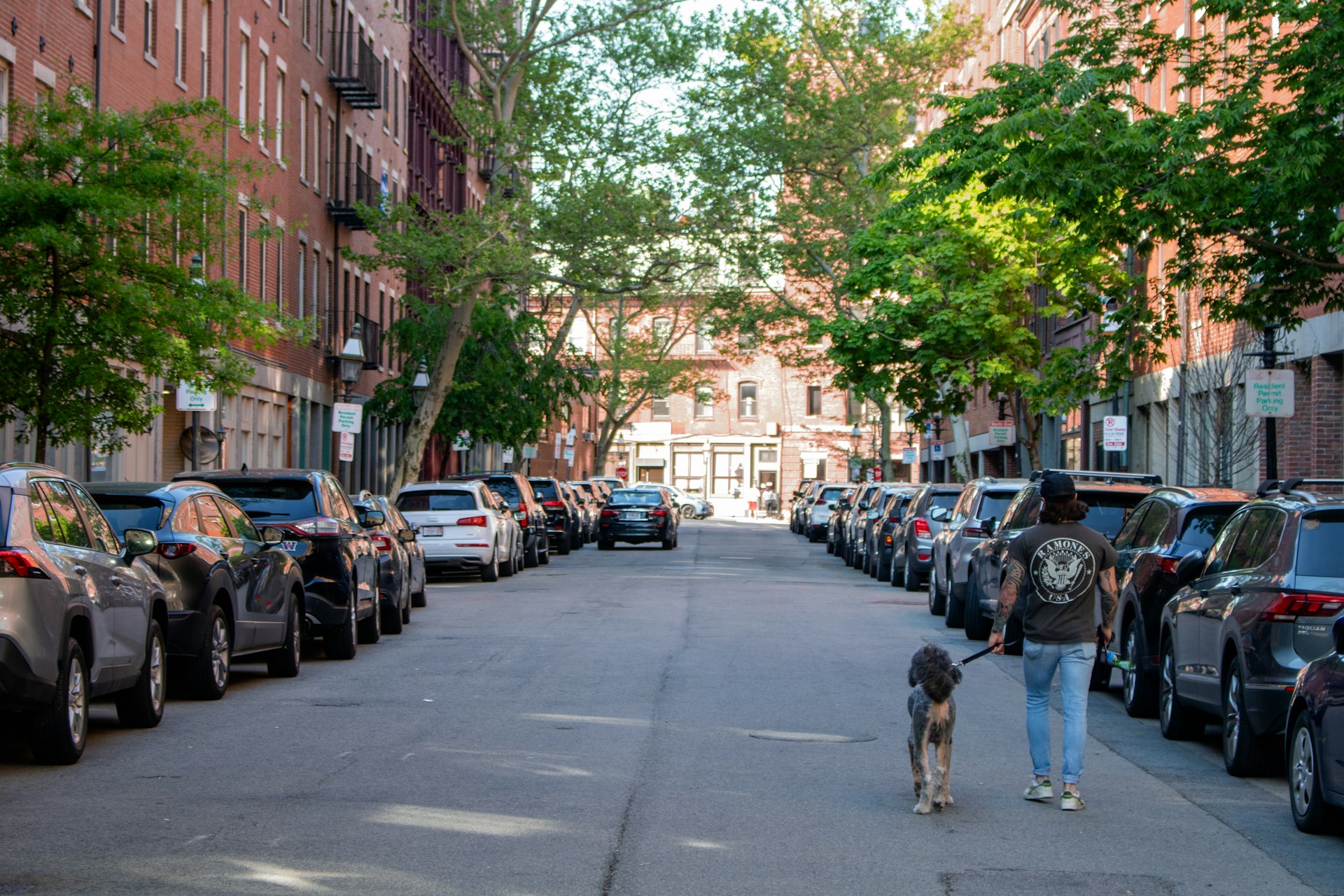How Live-Work-Play Communities Are Transforming Urban Development

Photo by Jansen Omoro on Unsplash
Introduction: The New Urban Revolution
The landscape of urban development is undergoing a profound transformation. Live-work-play communities -integrated neighborhoods combining residential, commercial, and recreational elements-are rapidly reshaping how people experience city living. As population densities rise and remote work becomes mainstream, these developments promise greater convenience, stronger community ties, and improved sustainability. In this article, we explore the rise of live-work-play communities, their benefits, challenges, and actionable guidance for engaging with these vibrant urban spaces.
What Are Live-Work-Play Communities?
Live-work-play communities are mixed-use developments designed to meet all daily needs-living, working, and leisure-within a single, walkable area. Residents have easy access to housing, offices, retail shops, dining venues, and recreational facilities, often all within walking distance. These developments are not limited to city centers but are expanding into suburban and even rural areas, offering multifaceted lifestyles beyond traditional neighborhoods. [3] Examples include apartment complexes with co-working spaces, retail outlets on the ground floor, and parks or fitness centers integrated into the community’s design. [2]
Key Benefits for Residents and Investors
Several compelling advantages drive the popularity of live-work-play communities among residents and property owners:
- Convenience : With essential services, workplaces, shopping, and entertainment nearby, residents minimize commuting and maximize quality of life. [3]
- Community Engagement : Shared spaces and amenities foster social interaction, encouraging lasting relationships and a genuine sense of belonging. [2]
- Diversity and Flexibility : Mixed-use developments cater to singles, families, and seniors alike, offering a range of housing options and work arrangements, including remote and hybrid setups. [1]
- Sustainability : Higher density and walkability reduce car dependence, promote green space preservation, and support climate-friendly initiatives. [5]
- Economic Resilience : For investors and developers, diversified revenue streams from residential, commercial, and recreational assets reduce financial risk. [4]
Recent Growth and Market Trends
The past decade has seen an explosive rise in live-work-play communities. In the U.S., the number of live-work-play apartments increased from 10,000 to 43,000 units annually. [5] Manhattan leads with 49% of new apartment units built as mixed-use between 2012 and 2021, closely followed by Boston (42%) and Cleveland (41%). [5] Urbanization, the shift to remote work, and changing demographic preferences-especially among Millennials and Gen Z-are fueling demand for these integrated environments. [4]
Notably, adaptive reuse of existing structures-such as converting historical department stores into live-work-play hubs-allows cities to preserve heritage while meeting contemporary needs. [5] Many cities are also prioritizing green spaces and climate-friendly planning in their mixed-use initiatives.
Implementation: Accessing and Engaging with Live-Work-Play Communities
If you’re interested in living, working, or investing in a live-work-play community, here’s how you can get started:
- Research Local Opportunities : Begin by searching for “mixed-use developments” or “live-work-play communities” in your target city or region. Real estate platforms and local development agencies often maintain directories of new and upcoming projects.
- Contact Real Estate Professionals : Reach out to licensed agents with expertise in mixed-use properties. They can guide you to available units, explain amenities, and help assess which communities best fit your needs.
- Visit Community Websites : Many established live-work-play communities have their own sites detailing available residences, workspace options, amenities, and community events. Look for contact forms, leasing information, or open house dates. For developer insights, you can review resources from Northspyre, a platform supporting mixed-use developments. [1]
- Explore Municipal Initiatives : Some cities have official programs encouraging mixed-use development. To find these, search for your city’s urban planning department and review published plans or zoning updates.
- Evaluate Amenities and Lifestyle Fit : Tour communities in person when possible. Assess the walkability, proximity to workspaces, recreational offerings, and the culture of resident engagement.
- Consider Investment Opportunities : For investors, analyze market reports, review occupancy rates, and consult with developers about risk mitigation strategies and diversified revenue streams. [4]
While some communities may offer dedicated leasing offices or sales centers, others rely on established brokers or online application portals. Always verify the legitimacy of property websites and agents before sharing personal information.
Challenges and Solutions in Live-Work-Play Development
Despite their promise, live-work-play communities face challenges:

Photo by YMA on Unsplash
- Zoning and Regulation : Complex zoning laws may slow development. Solution: Work with municipal planners and advocate for mixed-use-friendly policies. [4]
- Affordability : High demand can increase prices, reducing access for lower-income residents. Solution: Support initiatives with affordable housing mandates and inclusionary zoning.
- Community Integration : Merging diverse uses (residential, commercial, recreational) requires thoughtful design to minimize conflicts and maximize synergy. Solution: Involve residents in planning and prioritize flexible, shared spaces.
- Economic Fluctuations : Market shifts may impact commercial or residential demand. Solution: Emphasize diversified assets and adaptive reuse strategies. [4]
Alternative Pathways to Urban Integration
If live-work-play communities are not yet available in your area, consider these alternatives:
- Seek neighborhoods with mixed zoning, allowing home offices or small-scale retail integrated with residences.
- Advocate for urban planning reforms supporting walkable, mixed-use developments in your city or town.
- Participate in local community groups focused on sustainable development and smart growth initiatives.
For additional guidance, search for your city’s official planning department or contact local real estate associations for recommendations on upcoming projects and best practices.
Key Takeaways
Live-work-play communities are redefining urban development, offering unmatched convenience, enhanced connectivity, and a sustainable model for future growth. Whether you’re a resident seeking a vibrant lifestyle, an investor looking for resilient opportunities, or a developer planning your next project, engaging with mixed-use environments can unlock significant benefits. As cities evolve, these integrated communities will continue to shape the future of urban living.
References
- [1] Northspyre (2023). Everything Developers Need to Know About Live Work Play Communities.
- [2] Real Property Providence (2023). The Rise of Live-Work-Play Spaces: Exploring Mixed-Use Developments.
- [3] Hillwood Communities (2023). What Is a Live-Work-Play Community?
- [4] Northspyre (2023). Rise of Live-Work-Play Communities: Redefining Urban Living.
- [5] RentCafe (2023). Live-Work-Play Apartments Quadrupled in the Last 10 Years.
MORE FROM moneysaversearch.com













